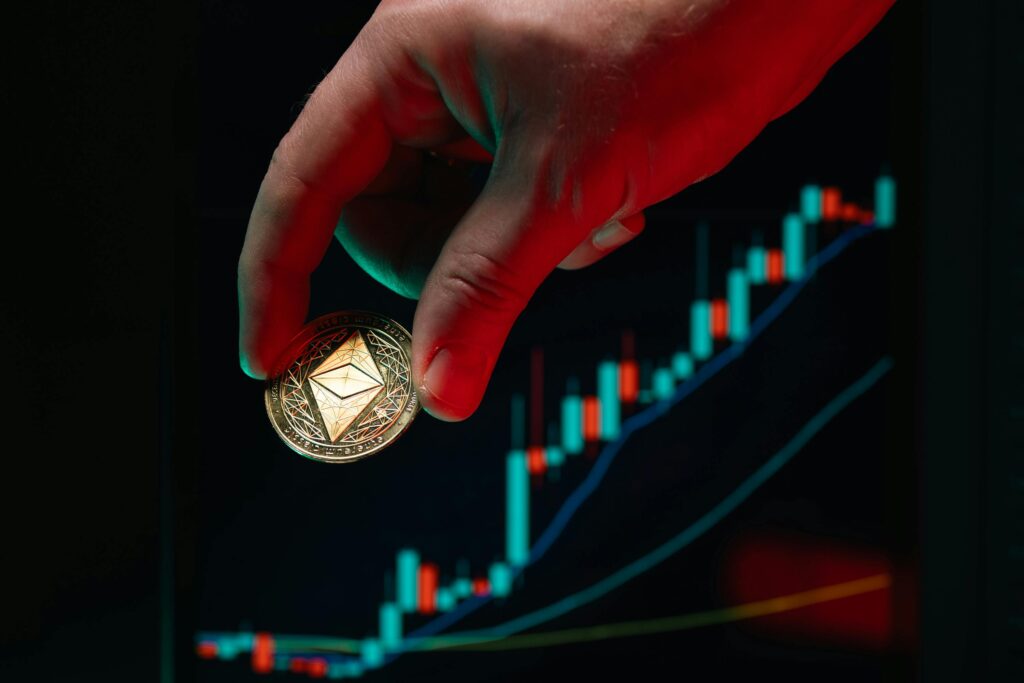| Apr 01, 2025
Trending

Ripple (XRP) has become one of the most influential cryptocurrencies in the global financial ecosystem. As a digital asset designed to facilitate fast, cost-effective cross-border payments, XRP stands out from other cryptocurrencies like Bitcoin and Ethereum. With growing adoption, strategic partnerships, and ongoing legal developments, Ripple continues to shape the future of digital finance. This article provides an in-depth look at Ripple, its features, use cases, and market potential.
Ripple is both a blockchain-based payment protocol and a company that focuses on revolutionizing the financial sector. The Ripple network enables real-time gross settlement (RTGS), currency exchange, and remittance services. Unlike Bitcoin, which functions as a decentralized digital currency, Ripple aims to work with financial institutions to enhance international money transfers.
XRP is the native cryptocurrency of the Ripple network, primarily used as a bridge currency for cross-border transactions. It facilitates liquidity and reduces the reliance on pre-funded nostro accounts, making international payments faster and more affordable.
Ripple operates on a distributed ledger technology (DLT) that enables seamless cross-border transactions. When two financial entities conduct a transaction, XRP acts as a bridge currency to eliminate the need for intermediaries. The RippleNet network allows banks and payment providers to process transactions in seconds rather than days, reducing operational costs and improving liquidity management.
| Feature | XRP | Bitcoin | Ethereum |
|---|---|---|---|
| Purpose | Cross-border payments | Digital currency | Smart contracts |
| Transaction Speed | ~3-5 seconds | ~10 minutes | ~15 seconds |
| Consensus Mechanism | Ripple Protocol Consensus Algorithm (RPCA) | Proof-of-Work (PoW) | Proof-of-Stake (PoS) |
| Scalability | High | Medium | High |
| Energy Consumption | Low | High | Medium |
Unlike Bitcoin, which operates as a decentralized payment system, or Ethereum, which focuses on smart contracts, Ripple is designed specifically for financial institutions and cross-border payments. This targeted approach allows Ripple to address real-world financial problems effectively.
Ripple has been at the center of legal debates, particularly with the U.S. Securities and Exchange Commission (SEC). The SEC filed a lawsuit against Ripple Labs in December 2020, alleging that XRP was an unregistered security. However, after years of legal battles, Ripple secured a partial victory in 2023, with the court ruling that XRP is not a security when traded on secondary markets. This decision has boosted investor confidence and increased market adoption.
Moreover, Ripple’s CEO, Brad Garlinghouse, has hinted at future developments, including potential XRP-based ETFs and expanded use cases for XRP in decentralized finance (DeFi).
As of 2025, XRP ranks among the top cryptocurrencies by market capitalization, often fluctuating between the 4th and 6th positions. With ongoing regulatory clarity and increasing institutional adoption, XRP has the potential for significant price appreciation.
Ripple (XRP) is a pioneering digital asset with a clear use case in the financial industry. Unlike speculative cryptocurrencies, XRP is designed to solve real-world payment inefficiencies, making it an attractive choice for financial institutions. With increasing adoption, technological advancements, and improved regulatory standing, Ripple is well-positioned for long-term success. However, as with any cryptocurrency investment, potential investors should conduct thorough research and stay updated on regulatory changes before making financial decisions.
As the global financial landscape evolves, Ripple’s role in transforming cross-border transactions will continue to expand. Whether as a bridge currency, a liquidity solution, or a digital asset for institutional adoption, XRP is undoubtedly shaping the future of global payments.
Stay ahead with the latest trends! Subscribe now to receive exclusive insights, industry news, and timely updates straight to your inbox. Don’t miss out on valuable content—join us today